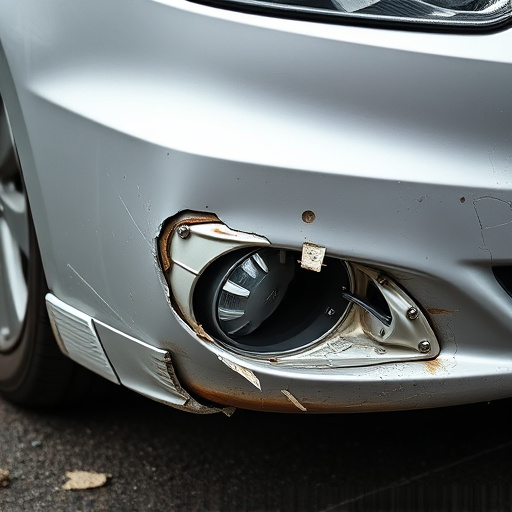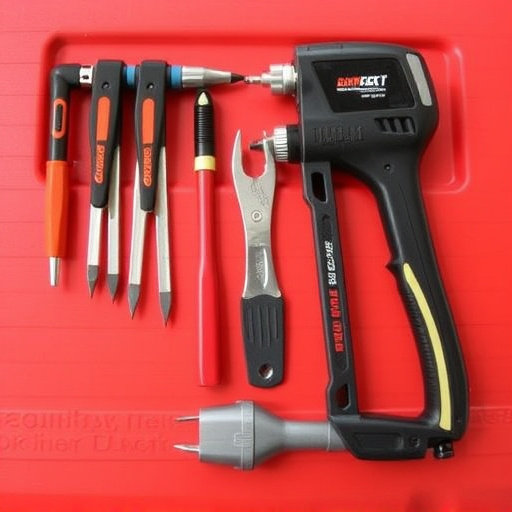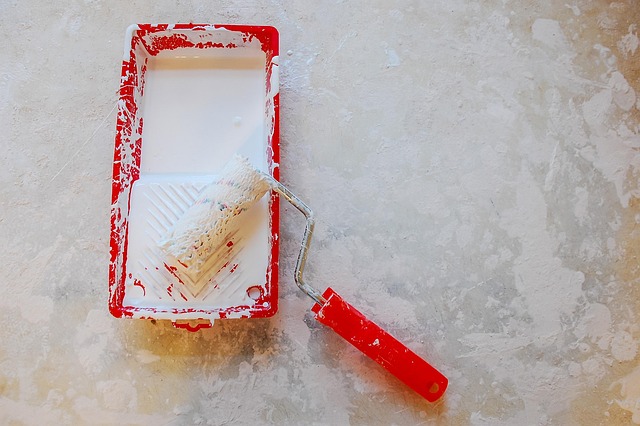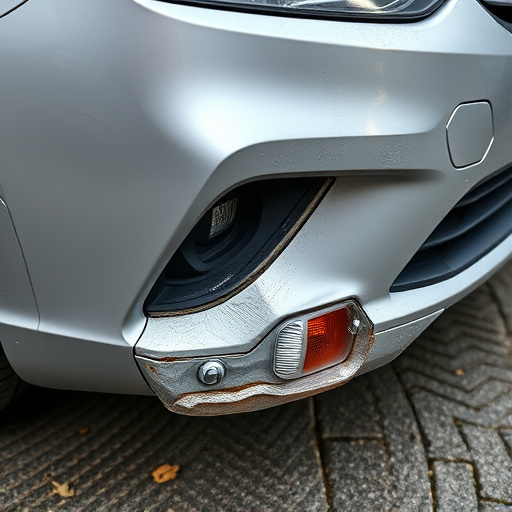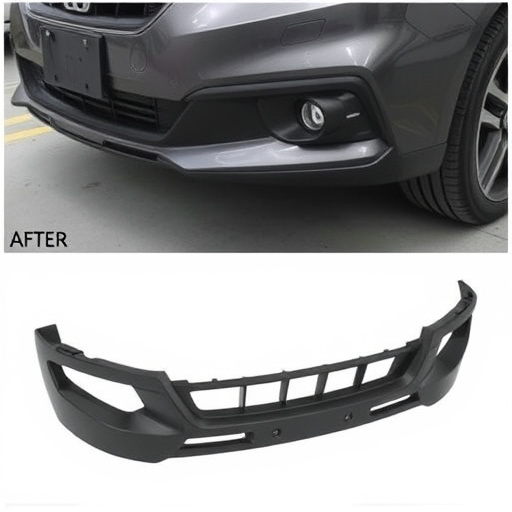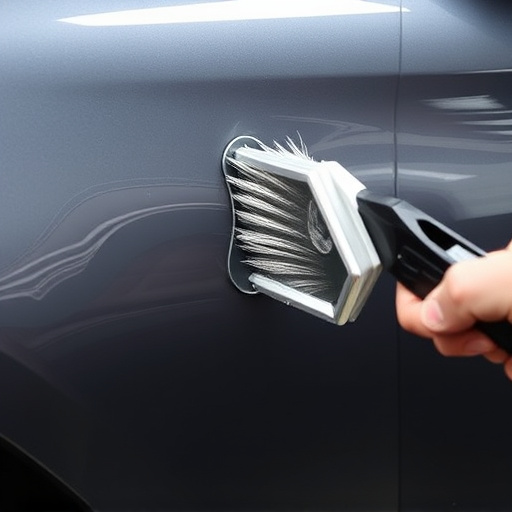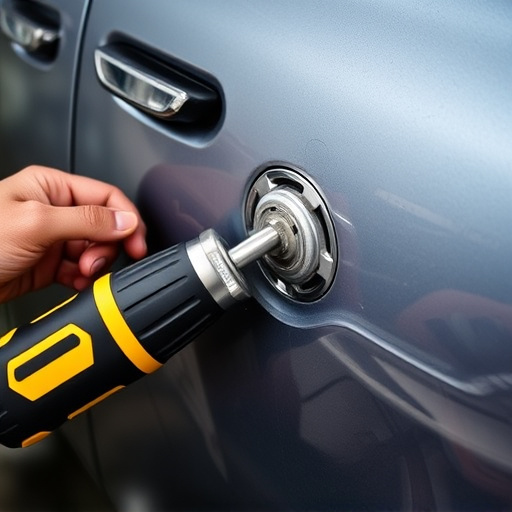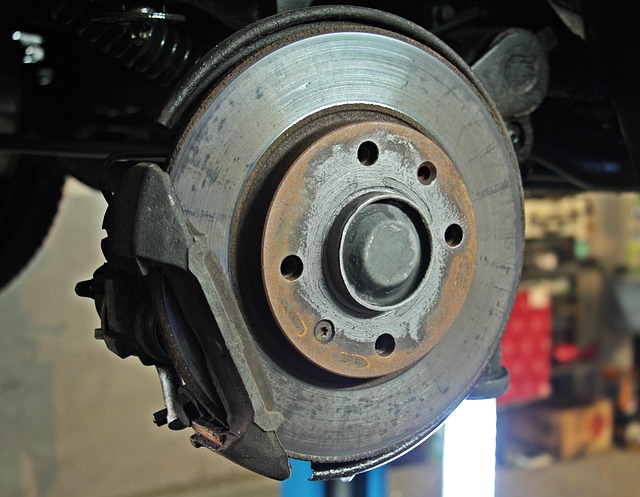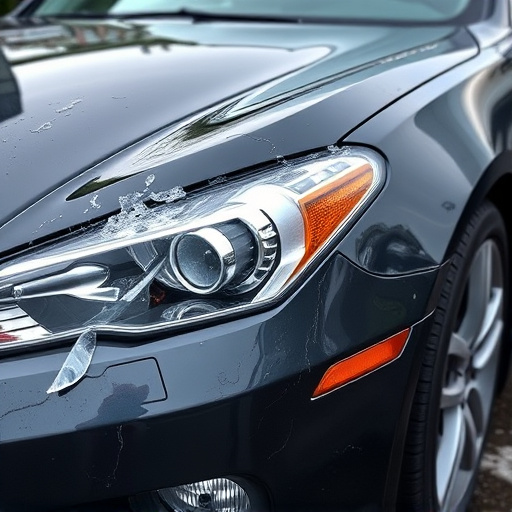Aluminum body components, crucial in modern vehicle design for lightweight strength and fuel efficiency, require specialized repair techniques by skilled technicians. Using advanced methods like precision welding and specific coatings, they restore damaged parts to OEM standards, ensuring structural integrity and seamless factory finishes, especially for premium brands like Mercedes-Benz. The meticulous integration process includes spot welding, bonding, and specialized paint applications, adapting to component size, shape, and compatibility. Rigorous quality assurance practices guarantee accurate fitment and maintain the vehicle's aesthetic appeal, setting top-tier automotive body shops apart.
Aluminum body components have become essential in modern vehicle manufacturing, offering a lightweight alternative with superior durability. This article delves into the critical role of aluminum in preserving the factory finish, ensuring aesthetic consistency and longevity. We explore the key advantages, including enhanced durability and cosmetic appeal, that make aluminum a top choice for automotive designers and engineers. Additionally, we highlight techniques for seamless integration, focusing on application and quality assurance practices to maintain the pristine factory finish.
- Understanding Aluminum Body Components: Their Role in Preserving Factory Finish
- Key Advantages of Using Aluminum for Body Components: Durability and Cosmetic Appeal
- Techniques for Achieving Seamless Integration: Application and Quality Assurance Practices
Understanding Aluminum Body Components: Their Role in Preserving Factory Finish

Aluminum body components play a pivotal role in modern vehicle manufacturing, particularly when it comes to preserving the factory finish. These lightweight yet robust materials are increasingly favored for their strength-to-weight ratio, making them ideal for enhancing fuel efficiency and performance. However, their unique properties also demand specialized care during the production and repair processes.
When a car undergoes a collision or experiences damage, the integrity of its aluminum body components must be meticulously assessed. Proper repairs involve skilled technicians who understand the intricacies of these materials. By utilizing advanced techniques like precision welding and specialized coatings, original equipment manufacturer (OEM) standards can be maintained, ensuring that the restored vehicle matches the factory finish seamlessly. This is especially crucial for high-end brands like Mercedes-Benz, where attention to detail is paramount.
Key Advantages of Using Aluminum for Body Components: Durability and Cosmetic Appeal
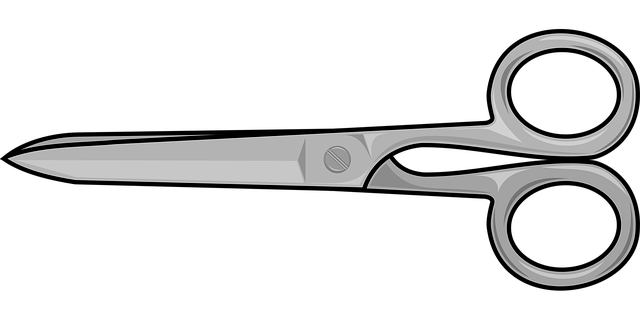
Aluminum body components offer several key advantages that make them a superior choice for automotive manufacturing and beyond. One of the most significant benefits is their exceptional durability. Aluminum is known for its high strength-to-weight ratio, making it highly resistant to deformation and damage. This inherent strength ensures that aluminum body parts can withstand the rigors of daily driving and even severe auto collision repair scenarios without compromising structural integrity.
Moreover, aluminum boasts remarkable cosmetic appeal. Its smooth surface finishes beautifully, reflecting light in a way that enhances the overall aesthetics of the vehicle. This aesthetic quality is particularly valuable for auto body services and body shop operations where achieving a factory-like finish is essential. Unlike some materials, aluminum does not yellow or fade over time, maintaining its sleek appearance even after years of use, making it a preferred choice for those seeking both durability and visual appeal in their automotive components.
Techniques for Achieving Seamless Integration: Application and Quality Assurance Practices

Achieving seamless integration of aluminum body components requires a meticulous process that begins with precise application and extends to rigorous quality assurance practices. In an automotive body shop, skilled technicians employ advanced techniques such as spot welding, bonding, and specialized paint applications to merge these components seamlessly with the existing vehicle structure. Each method is chosen based on factors like component size, shape, and compatibility, ensuring a factory finish matching that meets or exceeds original equipment manufacturer (OEM) standards.
Quality assurance involves meticulous inspections at each stage of the repair process. This includes dimensional checks to ensure proper fitment, surface preparation to guarantee paint adhesion, and final cosmetic evaluation to verify the seamless integration of both new and repaired aluminum body components. In a collision repair shop, these stringent practices are vital to not just restore damaged vehicles but also to maintain their aesthetic appeal, reflecting the craftsmanship and attention to detail that sets top-tier automotive body shops apart.
Aluminum body components offer a durable, aesthetically pleasing solution for preserving factory finish on vehicles. Their application, combined with robust application and quality assurance practices, ensures seamless integration, enhancing both vehicle longevity and cosmetic appeal. By leveraging the unique properties of aluminum, manufacturers can maintain the pristine appearance of cars long after they leave the assembly line.

